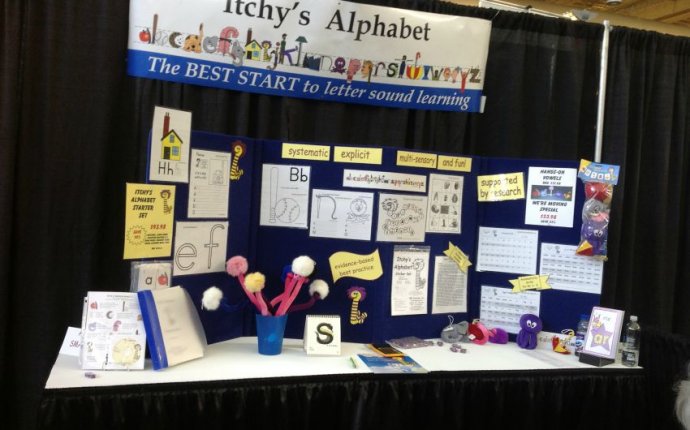
strategies for teaching letter sounds
Why is knowledge of letter-sound correspondences important?
Knowledge of letter-sound correspondences is essential in reading and writing
In order to read a word: the learner must recognize the letters in the word and associate each letter with its sound In order to write or type a word: the learner must break the word into its component sounds and know the letters that represent these sounds.Knowledge of letter-sound correspondences and phonological awareness skills are the basic building blocks of literacy learning.
These skills are strong predictors of how well students learn to read.
What sequence should be used to teach letter-sound correspondence?
Letter-sound correspondences should be taught one at a time. As soon as the learner acquires one letter sound correspondence, introduce a new one.
We suggest teaching the letters and sounds in this sequence
a, m, t, p, o, n, c, d, u, s, g, h, i, f, b, l, e, r, w, k, x, v, y, z, j, qThis sequence was designed to help learners start reading as soon as possible
Letters that occur frequently in simple words (e.g., a, m, t) are taught first. Letters that look similar and have similar sounds (b and d) are separated in the instructional sequence to avoid confusion. Short vowels are taught before long vowels. Lower case letters are taught first since these occur more frequently than upper case letters.The sequence is intended as a guideline. Modify the sequence as required to accommodate the learner’s
prior knowledge interests hearingIs it appropriate to teach letter names as well as letter sounds?
Start by teaching the sounds of the letters, not their names. Knowing the names of letters is not necessary to read or write. Knowledge of letter names can interfere with successful decoding.
For example, the learner looks at a word and thinks of the names of the letters instead of the sounds.Sample goal for instruction in letter-sound correspondences
The learner will
listen to a target sound presented orally identify the letter that represents the sound select the appropriate letter from a group of letter cards, an alphabet board, or a keyboard with at least 80% accuracyInstructional Task
Here is an example of instruction to teach letter-sound correspondences
The instructor introduces the new letter and its sound shows a card with the letter m and says the sound “mmmm”After practice with this letter sound, the instructor provides review
The instructor The learner listens to the sound looks at each of the letters provided as response options selects the correct letter from a group of letter cards, from an alphabet board, or from a keyboard.Instructional Materials
Various materials can be used to teach letter-sound correspondences
cards with lower case letters an alphabet board that includes lower case letters a keyboard adapted to include lower case lettersHere is an example of an adapted keyboard that might be used for instruction once a student knows many of the letter-sound correspondences.

The learner must
listen to the target sound – “mmmm” select the letter – m – from the keyboardInstructional Procedure
The instructor teaches letter-sound correspondences using these procedures:
Model The instructor demonstrates the letter-sound correspondence for the learner. Guided practice The instructor provides scaffolding support or prompting to help the learner match the letter and sound correctly. The instructor gradually fades this support as the learner develops competence. Independent practice The learner listens to the target sound and selects the letter independently. The instructor monitors the learner’s responses and provides appropriate feedback.Student Example
Krista is 8 years old in this video
Krista has multiple challenges, including a hearing impairment, a visual impairment, and a motor impairment. She also has a tracheostomy. We started to work with Krista when she was 8 years old. At that time, she was in a special education class at school and was not receiving literacy instruction. This video was taken after 3 weeks of instruction. Krista is learning letter-sound correspondences. So far she has been introduced to the letter sounds for m and b Janice is providing instruction; Marissa, a graduate student at Penn State, is learning about literacy instruction and helping to collect data; and Krista’s parents and nurse are watching the session, excited about her progress. Janice provides an array of letter cards as response options says one of the target letter sounds Krista listens to the sound points to the letter that makes the target sound After 3 weeks (approximately 3 hours) of instruction, Krista has successfully learned the letter sounds – m and b. Over the next months, we introduced the other letter sounds gradually. We also worked on recognition of high interest sight words, decoding skills, and shared reading activities.Unauthorized copying, transmittal, or exhibition of this video outside of this website is prohibited.
Pointers
There are a wide range of fonts. These fonts use different forms of letters, especially the letter a.
Initially use a consistent font in all instructional materials







